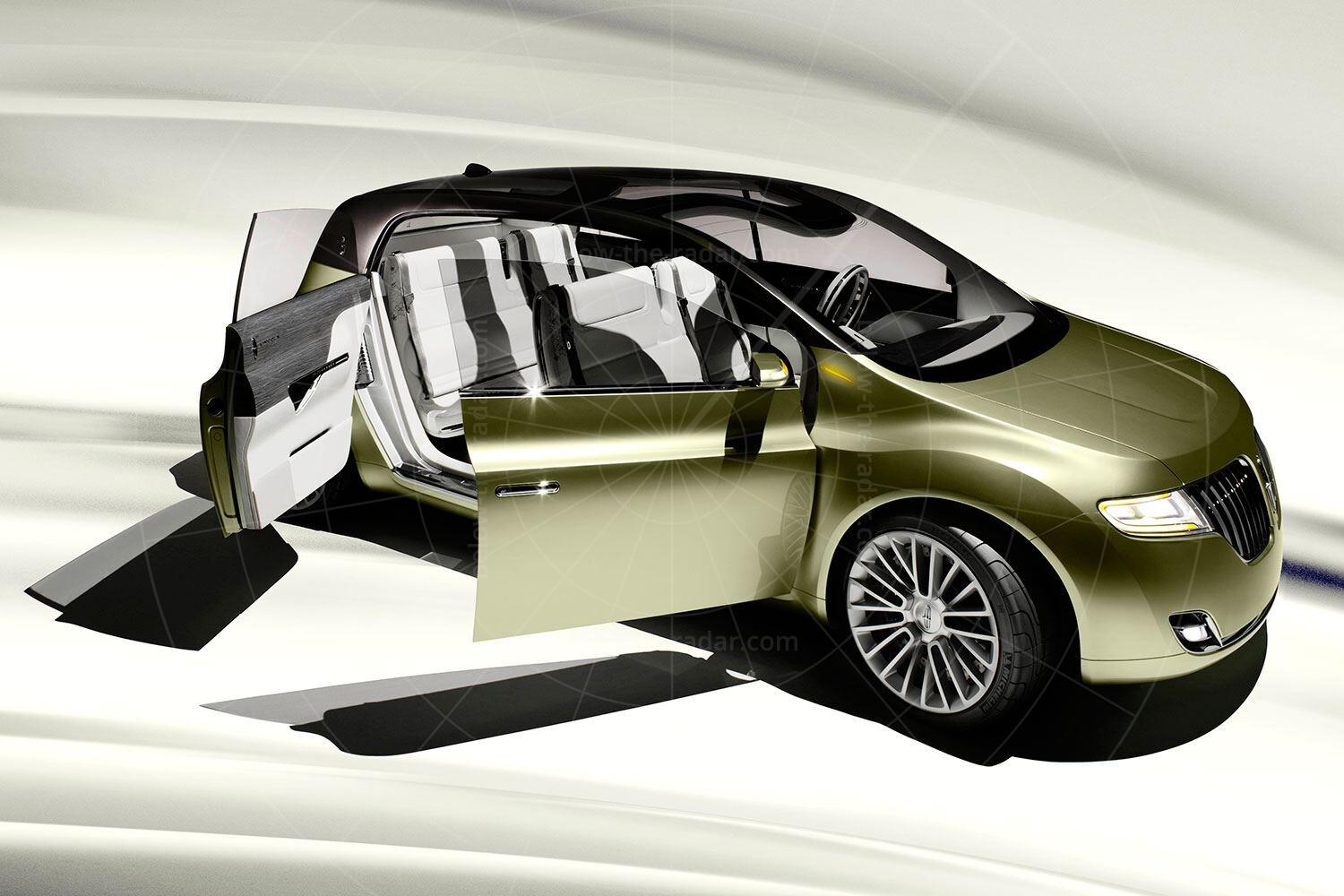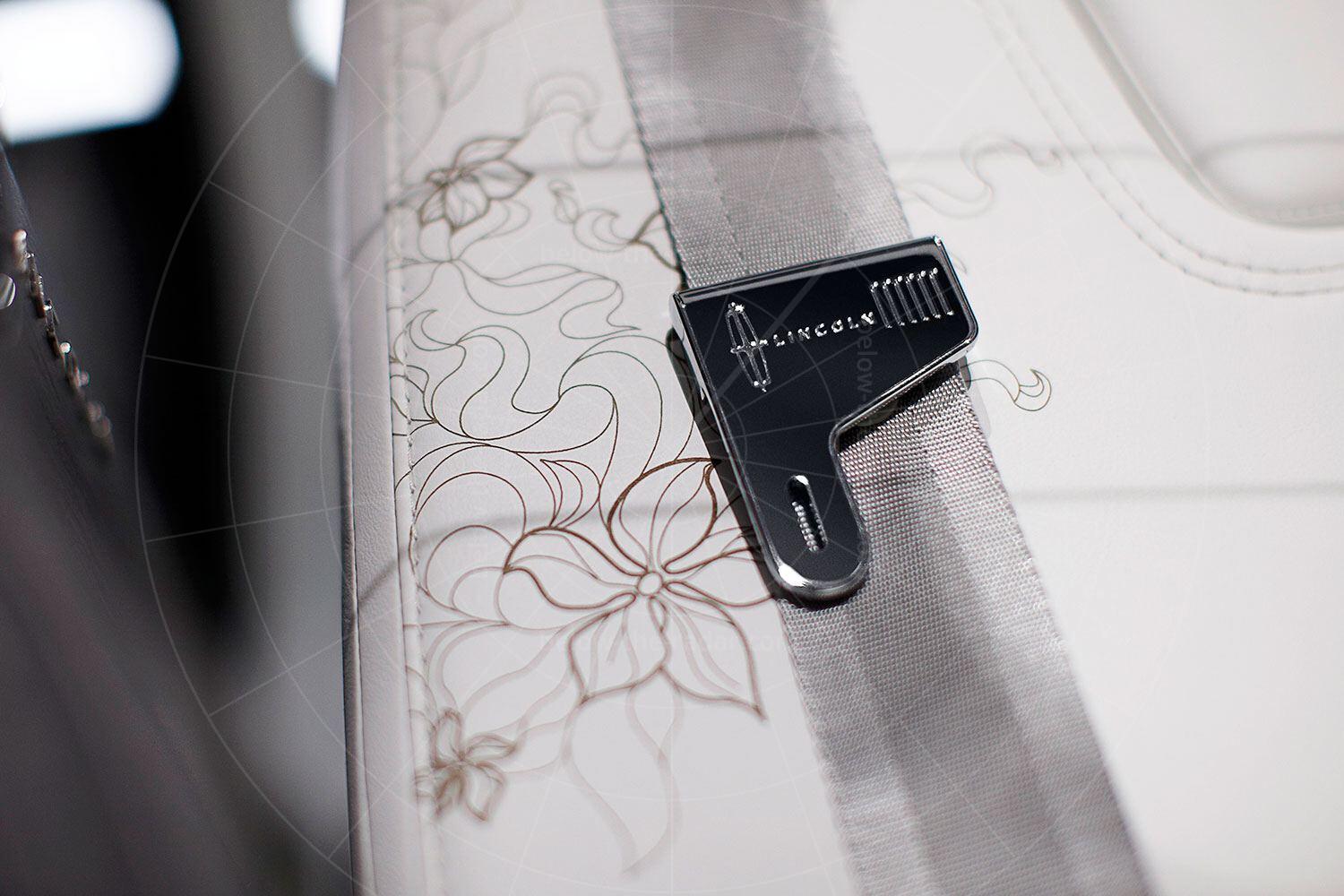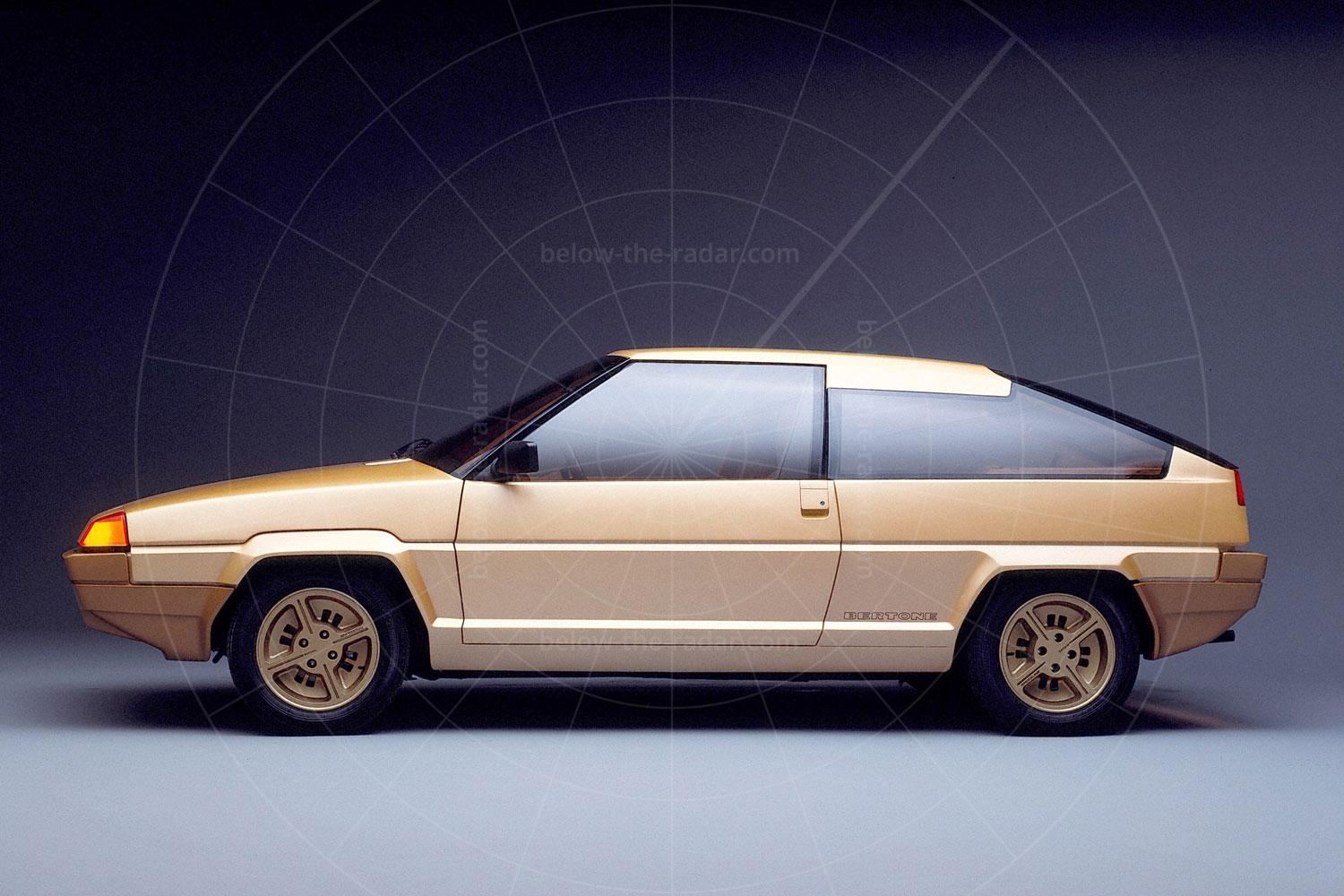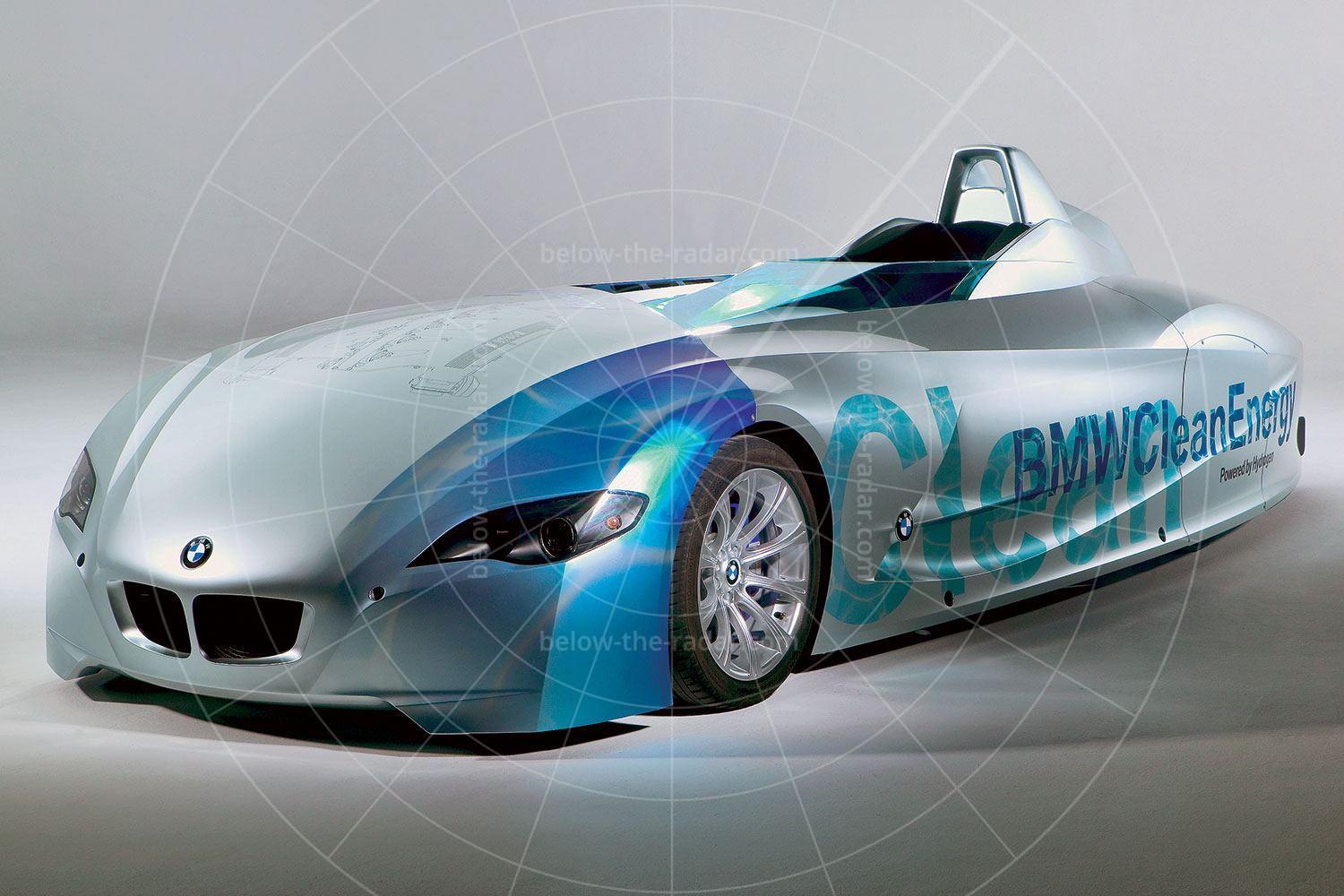Rewind to the 1950s, 1960s and 1970s, and you’d struggle to find a car in Lincoln’s line-up that didn’t have the size and weight of an aircraft carrier. But times change, and by the 21st century a spacious cabin and excellent practicality no longer meant a car proportioned like a supertanker. Indeed, being the same sort of size as Ford’s then-current Focus, the C Concept was pretty radical for a company which had always assumed that biggest means best, and whose buyers had always reckoned that for ultimate luxury, size mattered.
Naturally, the key reason for this downsizing was greater efficiency, but the fact of the matter was by this stage in the car’s development, modern packaging meant even small cars could offer big-car comfort, space, safety and equipment while using up far fewer of the planet's resources. Buyers had also got used to the idea that in many cases, smaller can mean best; Lincoln cited examples of great product design like mobile phones and MP3 players, which delivered all of the benefits of much bulkier products, but in a much smaller package.
To illustrate just how far car packaging had come since the sixties, Lincoln claimed that the C concept offered the interior space of its 1961 Continental, and all that was required was a two-inch increase in width over the typical car in the class. To put that into perspective, the C Concept was around 445cm long and 177cm wide compared with the 1961 Continental at 540cm long and 200cm wide. That’s progress!
While many of the C Concept’s contemporaries were showcasing the latest in powertrains and transmissions, there were no such advances here. There was no hybrid or electric propulsion; instead power was provided by Ford’s latest 1.6-litre Ecoboost petrol engine, driving the front wheels via a six-speed ‘Powershift’ dual-clutch transmission. Offering an impressive 180bhp and 180lb ft of torque, the small and relatively light C Concept had strong performance while still giving 43 miles on a US gallon, or over 51mpg on the European combined cycle; many of the C’s predecessors would have struggled to achieve 20% of that.
However, while there was nothing to get excited about where the C Concept’s propulsion was concerned, Lincoln did shout about the driver information and in-car connectivity systems. The basis of the C’s connectivity capabilities was Ford’s signature HMI, or Human Machine Interface. This intelligent interface was designed to make useful and relevant information and functionality immediately available to the driver in a way that was logical, easy to use and completely integrated.
The key to Ford’s HMI was how and where information was displayed. All car-related information, for example, was shown to the left of the speedometer, such as fuel economy, trip information and vehicle diagnostics. Passenger-related functions, such as the audio, climate, navigation and phone, appeared to the right of the instrument cluster.
The system’s integrated platform offered intuitive methods of information control, such as steering wheel switches, touch screens and voice-activation, any of which could be used by the driver depending on their preference.
When design director Peter Horbury briefed his designers to create the C Concept, their target was to come up with a mid-sized car that offered both presence and elegance. Whether or not they succeeded is up to you, but it would be easy to argue that the C looked pretty slick from most angles.
The C’s short length meant the wheels had to be pushed out to the corners to give a decent ride along with ample cabin space. The short overhangs resulted in a silhouette that was unmistakeable, but while the C was far more compact than any previous Lincoln, it also incorporated the key iconic elements from the company’s DNA: sheer surfaces bounded by defined creases, a cantilevered roof extending from a strong C-pillar, that classic double-wing chrome grille, and also those full-width tail lights and brightwork.
Concepts without a B-pillar had started to become popular by this point, but for Lincoln it was no mere styling affectation; it was a direct reference to its landmark 1961 Continental. With forward-hinged front doors and rear-hinged back ones, entry and exit was simplicty itself.
Meanwhile, instead of side-mounted mirrors there were rear-view cameras on each side along with blind spot detection technologies, while an all-glass roof illuminated a cabin which was something of a masterpiece. It looked more like the living room of a contemporary urban pad than the inside of a car, as everywhere you looked there were high-quality materials such as wood and metal, ambient lighting and jewel-like chrome details.
The interior’s all-white color palette – from roof to seats to floor – was especially eye-catching. Subtle chrome accents on the seats, instrument panel, door panels and floor glimmered like jewellery, while the light grey wood veneer contrasted with the white leather on the instrument panel and door panels. Practical it may not have been, but it sure looked good.
| Vital statistics | |
|---|---|
| Debut | Detroit, 2009 |
| Design director | Peter Horbury |
| Engine | Front-mounted, 1.6-litre, turbocharged 4-cylinder |
| Transmission | 6-speed semi-automatic, front-wheel drive |
| Power | 180bhp |
| Torque | 180lb ft |































